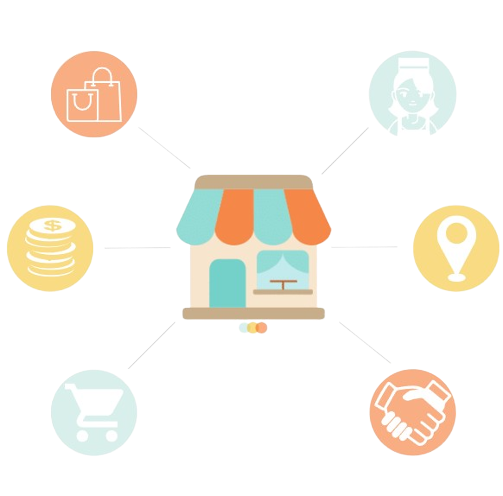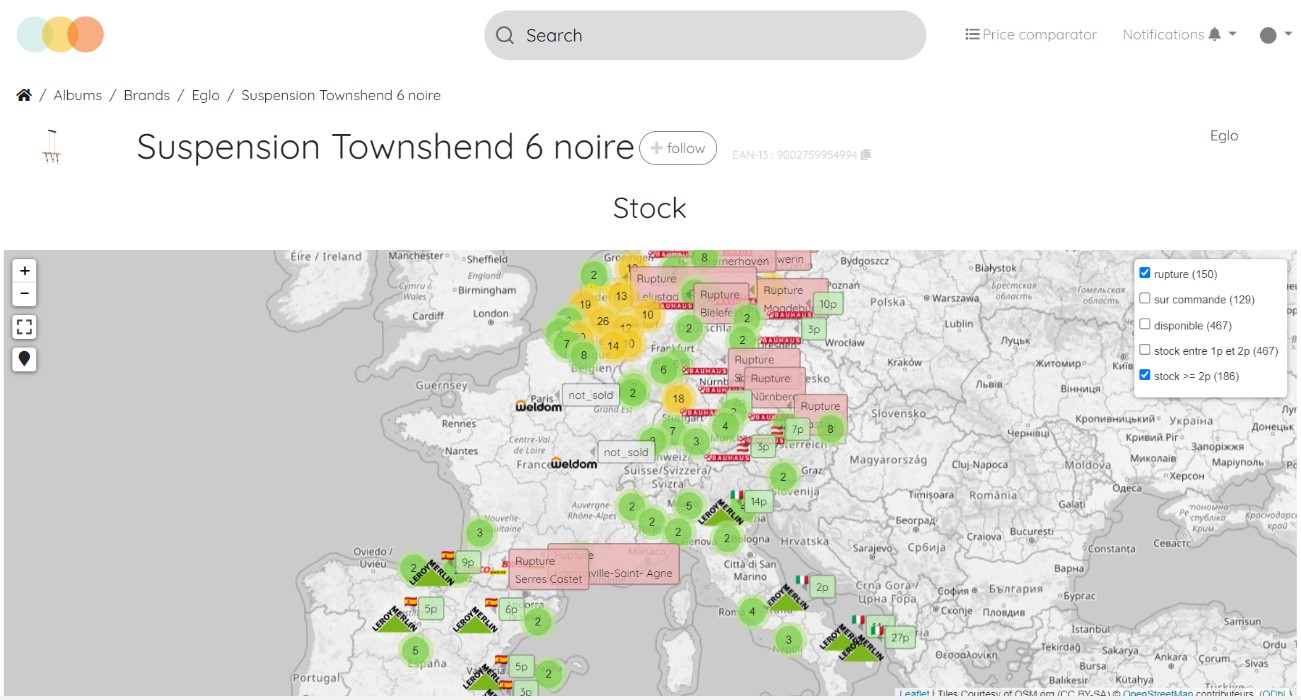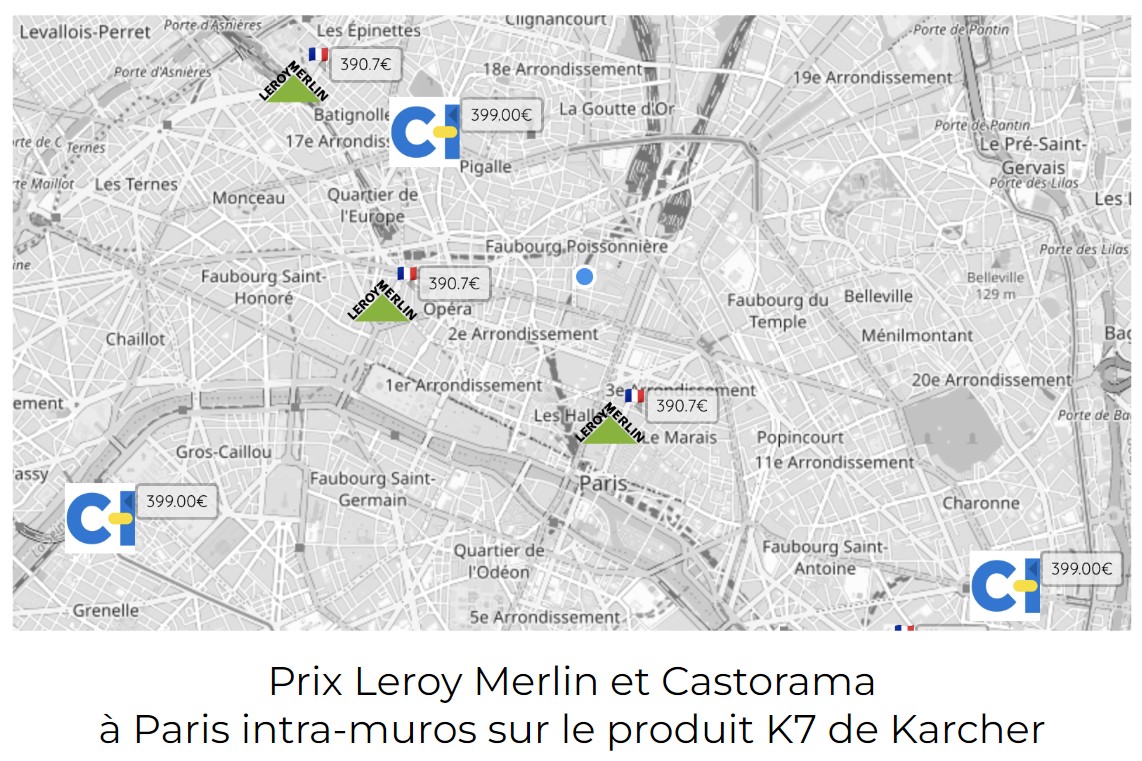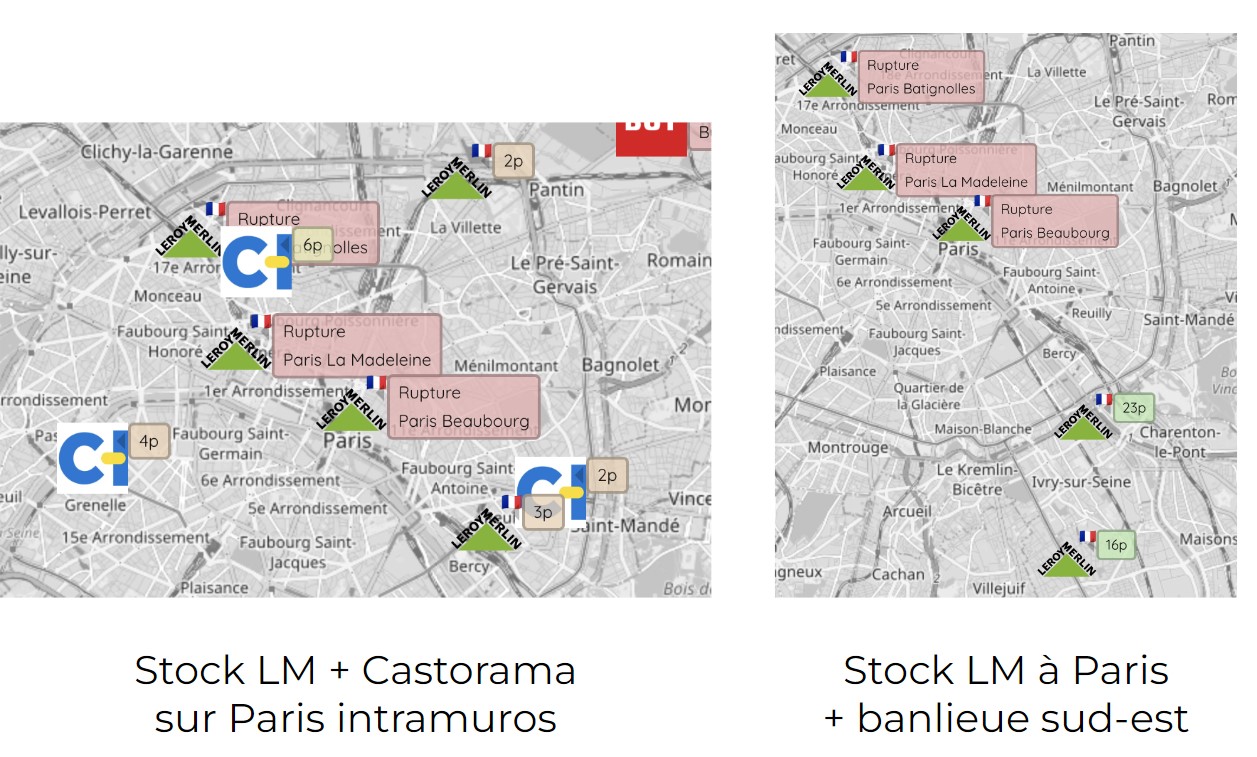Usage case
The perfect point of sale
The aim of our examples is to give you all the best practices to implement to ensure your offer is better than that of your competitors.
In this example, we take a closer look at stock management at points of sale.

Stock management and pricing
Stock management is a strategic logistical issue, but it also has implications for the product sale price. If a product is out of stock in a given geographical area, its shortage can justify a higher price and conversely, if there is heavy competition and significant amounts of stock in the same catchment area, it may be worthwhile to attempt an aggressive pricing policy.
With Retail Shake, you can find out about stock and prices charged in your points of sale at any time, as well as those of your competitors.
How can you track your stock in real time? Or competitors’ stock?
Storage costs
The delivery and storage of goods place a significant financial strain on a company. The art of logistics involves optimizing fixed assets to cut costs and loss risk. Understocking and overstocking are both as risky. When understocking, you risk not being able to meet consumer demand, which immediately generates frustration and eventually a decline in confidence. Overstocking generates significant volume costs for the operating account, as well as the risk that products might become obsolete or be damaged.
Distributing your stock
You may have various storage points and points of sale, enabling you to distribute your goods and to spread out your provisioning.
To better track your stored products, Retail Shake geolocates your stock. You can see stock present in each store on the map. For greater visibility, filter according to your needs (product out of stock or stock lower than a given number of articles).
Track competitors’ stock
To decide when to buy in and in what quantity, it’s crucial to have in-depth, real-time knowledge of your own stock, but also that of your competitors, so that you can adapt to demand.
Retail Shake offers you this information on a map so that you can track the availability of a product in a given geographical area at a glance.
To find out more about stock management, click here:

Knowing your local and national in-store prices
Stock has a cost; it also has a value, which can vary depending on competitors’ stock.
Here’s a concrete example, where Castorama is more expensive for this product because in the surrounding area, its competitor, Leroy Merlin is out of stock. We also see that Castorama has most stock where it is most strategic, probably thanks to a goods transfer from one store to another.


With Retail Shake, you know the quantity and the prices of products on sale in your stores and at your competitors’ stores. You also know the average price in your area and nation-wide. You track stock in real-time and make the best logistical decisions to optimize your storage costs and your pricing strategy.
Our other use cases




